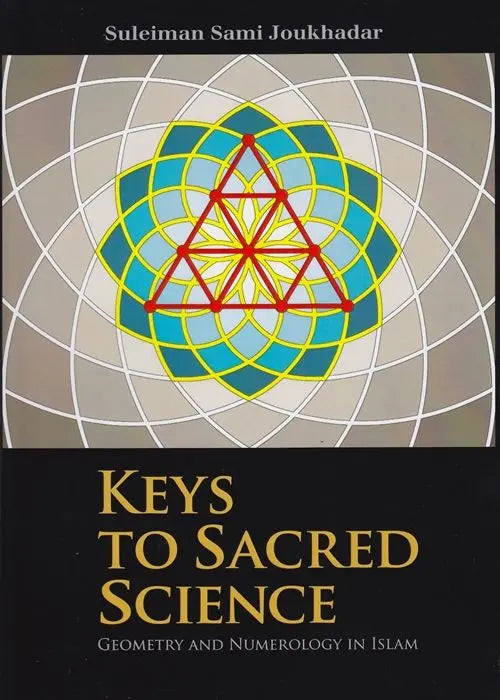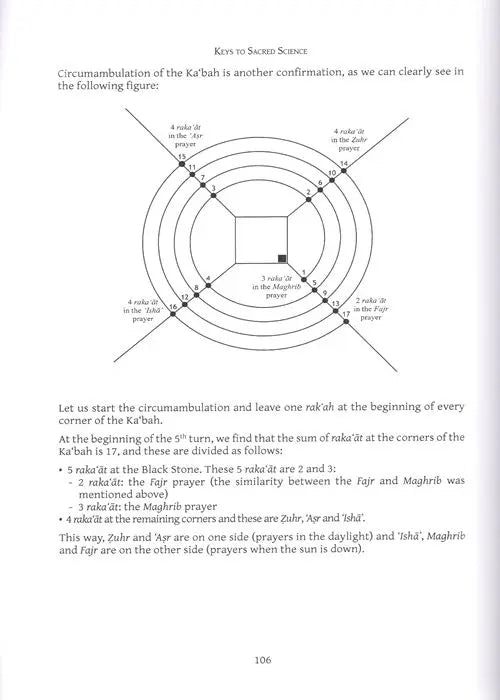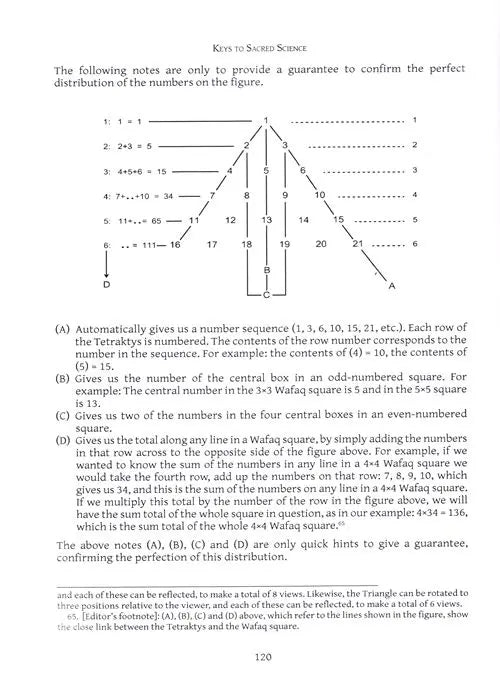About The Book
Numerology plays a key role in interpreting sacred texts, as in the Arabic language each letter has a numerical equivalent, according to the Abjad system. The author uses this approach to explain various Quranic passages, and sacred words and phrases, demonstrating meanings that lie hidden beneath the surface. He then applies the science of numerology to elucidate the form of the canonical prayer, one of the pillars of Islam. Making use of traditional tools of sacred science, such as the ‘magic square’ or Wafaq, and the Tetraktys, he provides remarkable demonstrations of the geometric and numerological structure manifested in the sacred rites. He shows how each movement and detail related to the prayer is designed with perfect precision.
Understanding more about the divine wisdom contained within these acts of worship, and how they are established in harmony within the universal system that underlies all creation will open the reader’s eyes to new dimensions, which were traditionally the privilege of only a select few.
In the same way that many animal species are currently threatened with extinction, the modern age is characterized by the loss of numerous branches of traditional wisdom. Heir to a remarkable corpus of esoteric knowledge, that came down to him through his family—his grandfather from Damascus, who carried the title Shaykh al-Islam, was one of the highest religious authorities— Suleiman Joukhadar chose to publish this book, rather than allow aspects of this precious wisdom to become lost. Keys to Sacred Science focuses on just one branch of these knowledge traditions, the science of numerology.
Explaining how the path to acquiring sacred knowledge is unlike the contemporary approach to learning, the book examines the accounts in the Quran of total knowledge being bestowed upon Adam, and the quest for sacred knowledge by Moses through his encounter with al-Khiḍr, the Wise.
show more









